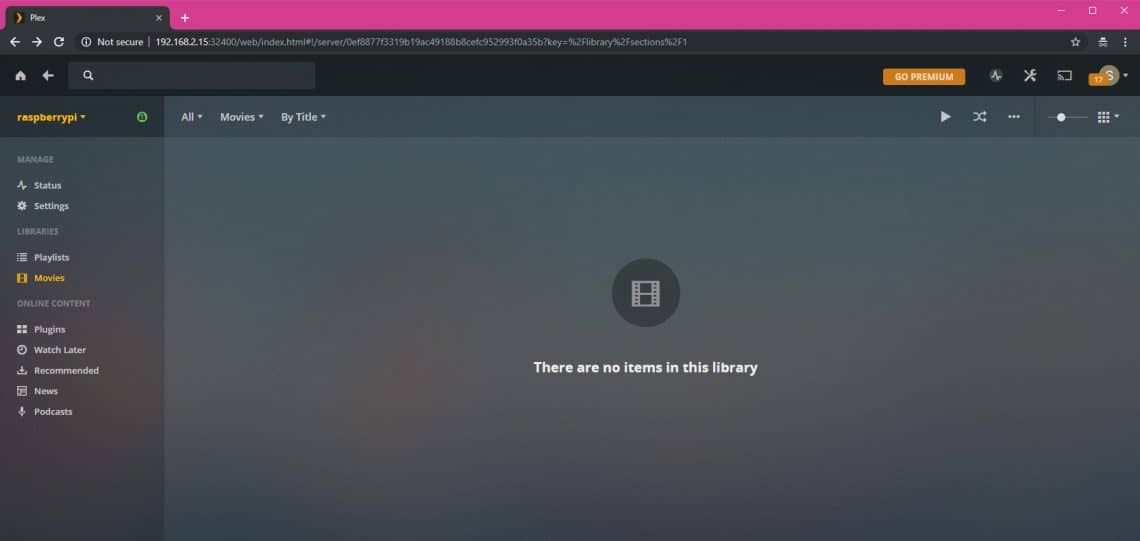

Regarding booting from usb i guess i can use a usb stick and format it to ext4.the one issue I’m not sure how to tackle is the plex data folder as it grows with the library and that is the biggest concern for me rn. Search the web for “Windows X11 forwarding” and “Android X11 forwarding” respectively.
I had such a setup once, but honestly don’t remember exactly. PuTTY allows X11 forwarding via SSH and I guess, since the Xserver runs on the client, this would be best solution to run games. It is possible to install an Xserver on Windows systems and run graphical programs on remote client by this. But the boot partition will and needs to stay on SDcard, AFAIK. So if you want to have it on the same external drive as above, then jep, you need a separate ext4 partition then. On RPi you can move the root fs to an external drive. So looks like NFS-only is best choice in your case. Samba works as well, but it is more resource hungry and I would only use NFS or Samba, based on client requirements, never both. When I hit sudo service plexmediaservice status, I get the following error. NFS can be used on modern Windows as well, although you need to actively install the related client via Control Panel > Programs & Features > Enable/disable Windows features > NFS service or similar. I currently have the problem, that my Plex Media Server, which is set up on a Raspberry Pi 3 Model B, cannot be started. exFAT ist optimized for flash drives, but you can’t move dietpi_userdata to it, since no POSIX file permissions are supported. 
exFAT and NTFS will work on Windows as well, ext4 not.






 0 kommentar(er)
0 kommentar(er)
